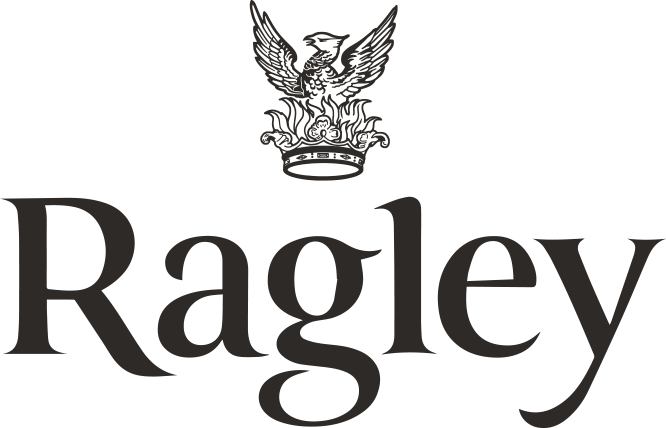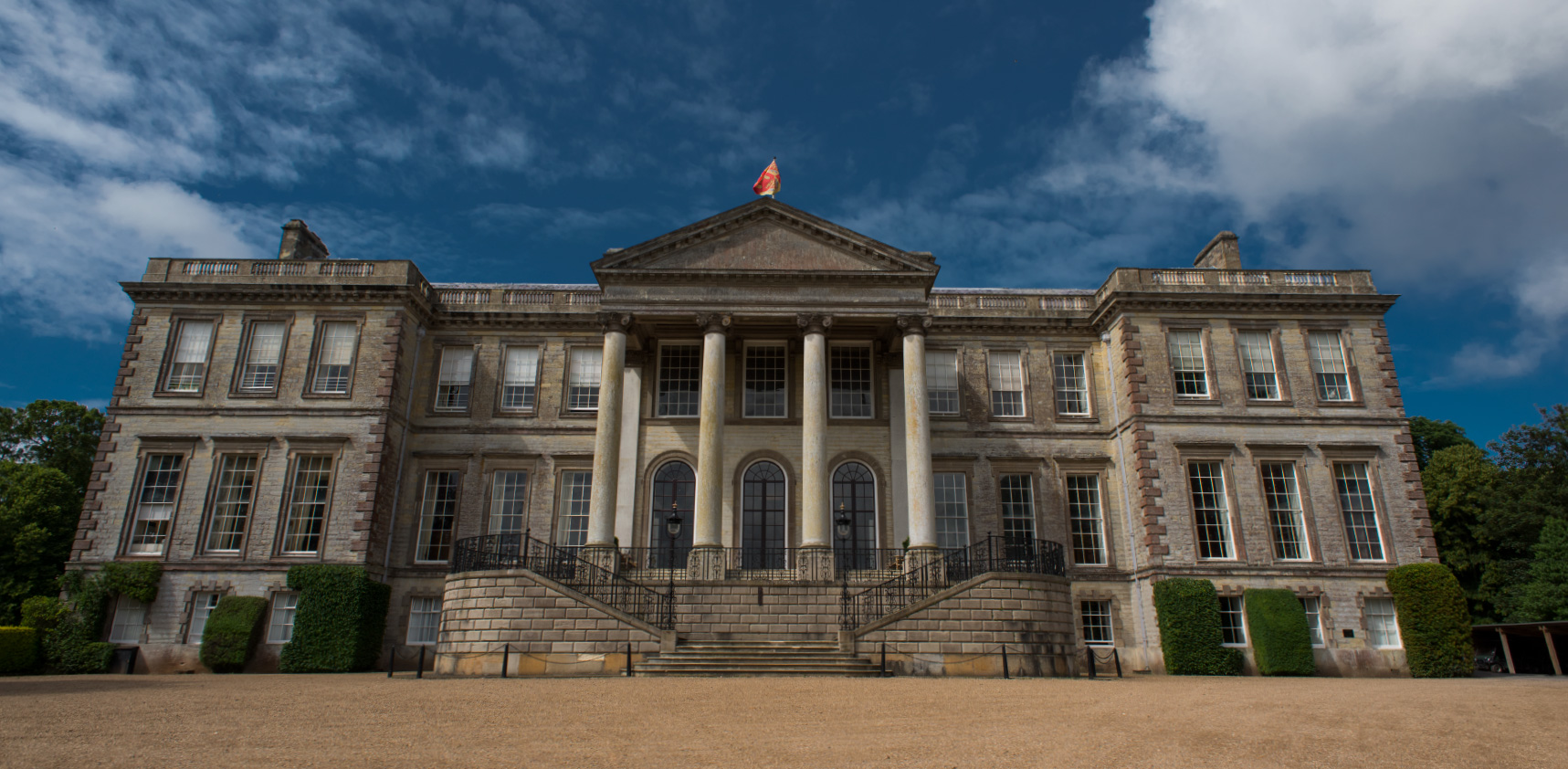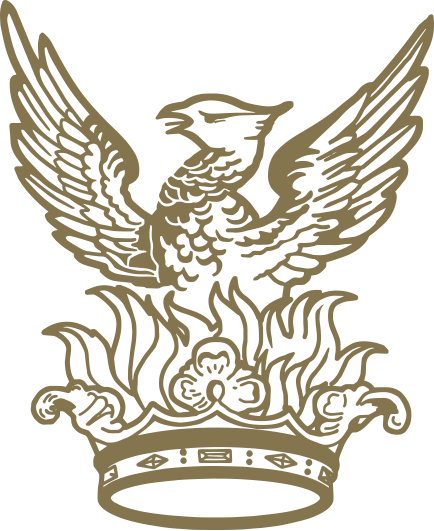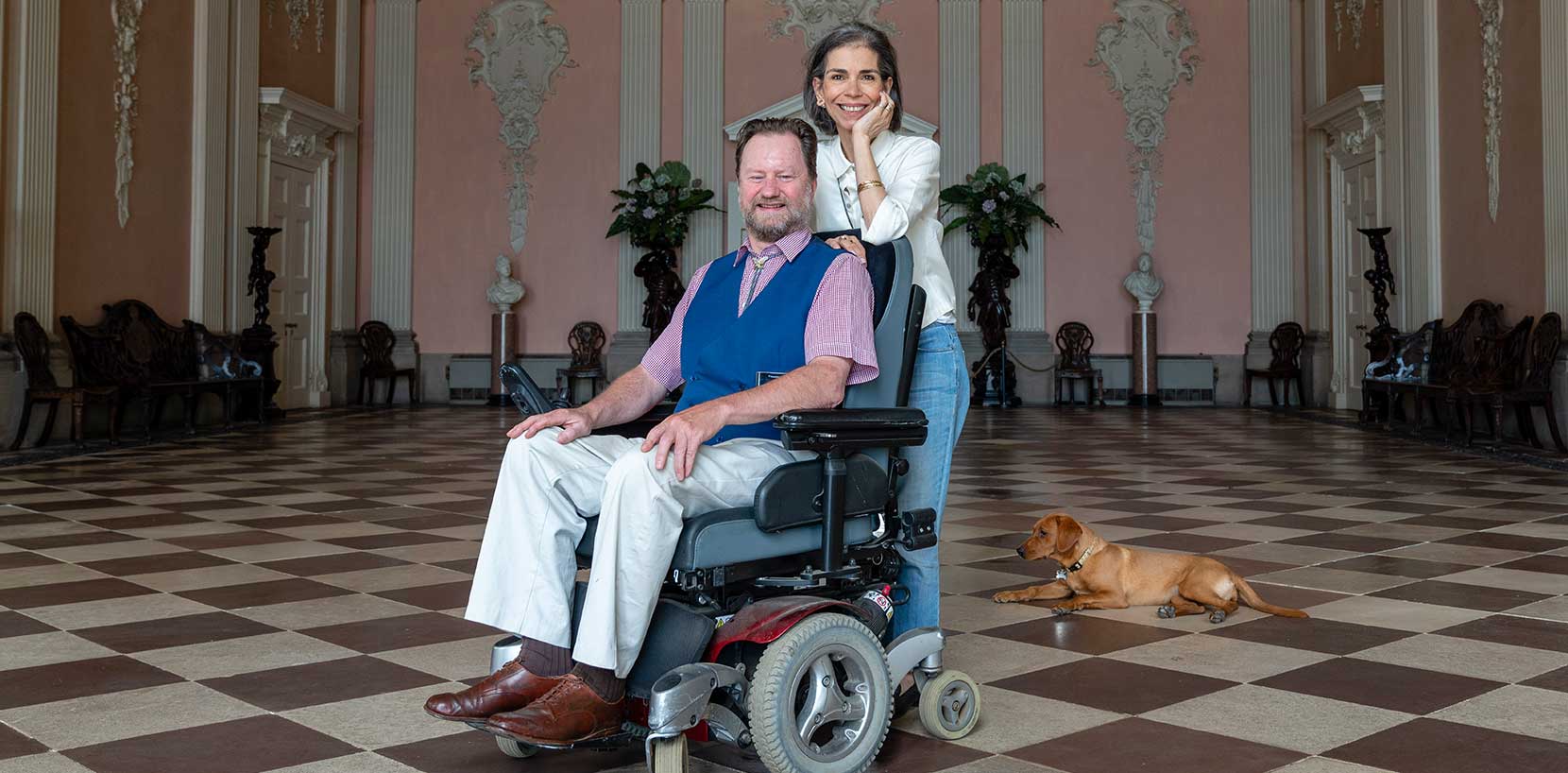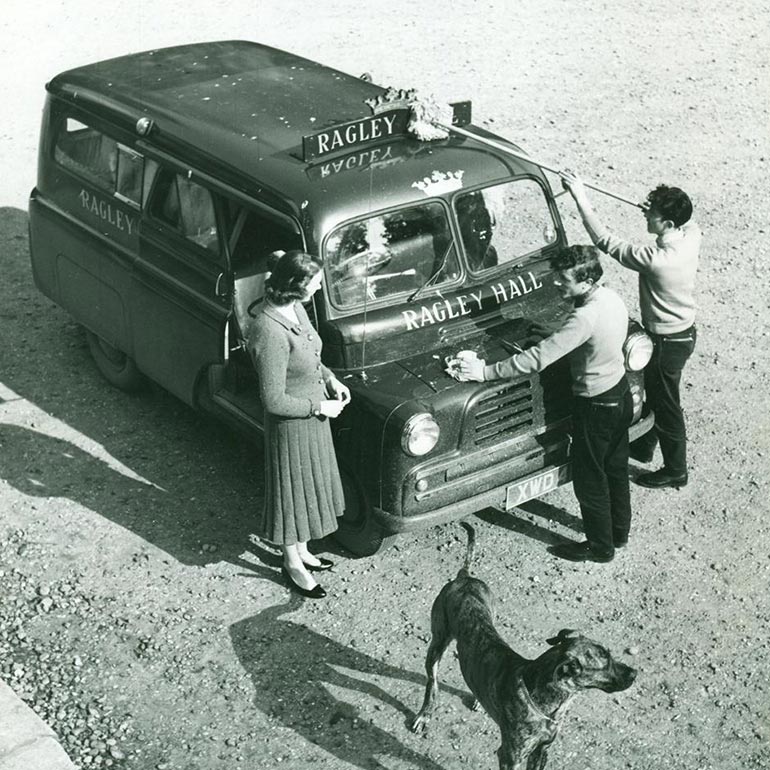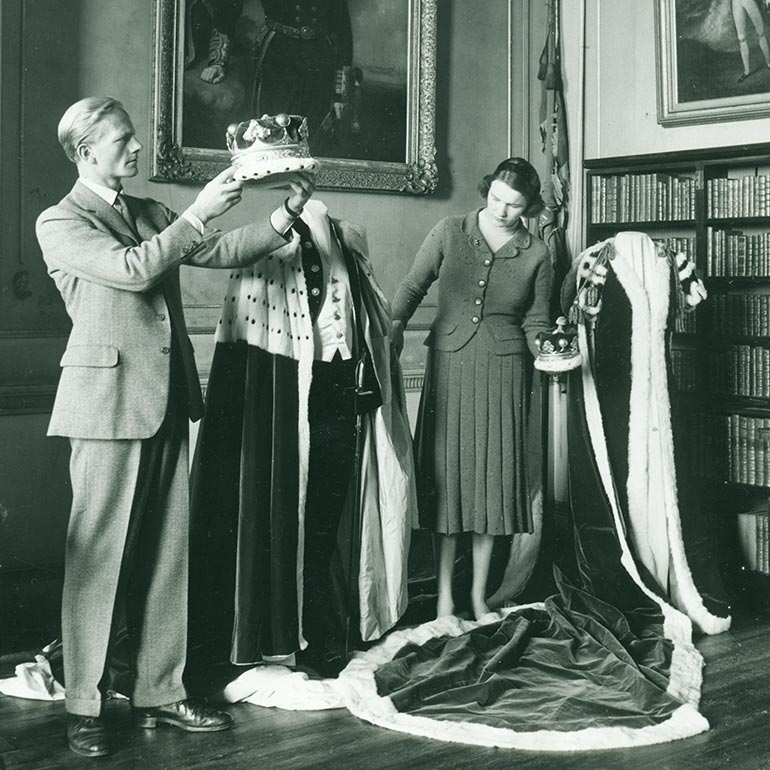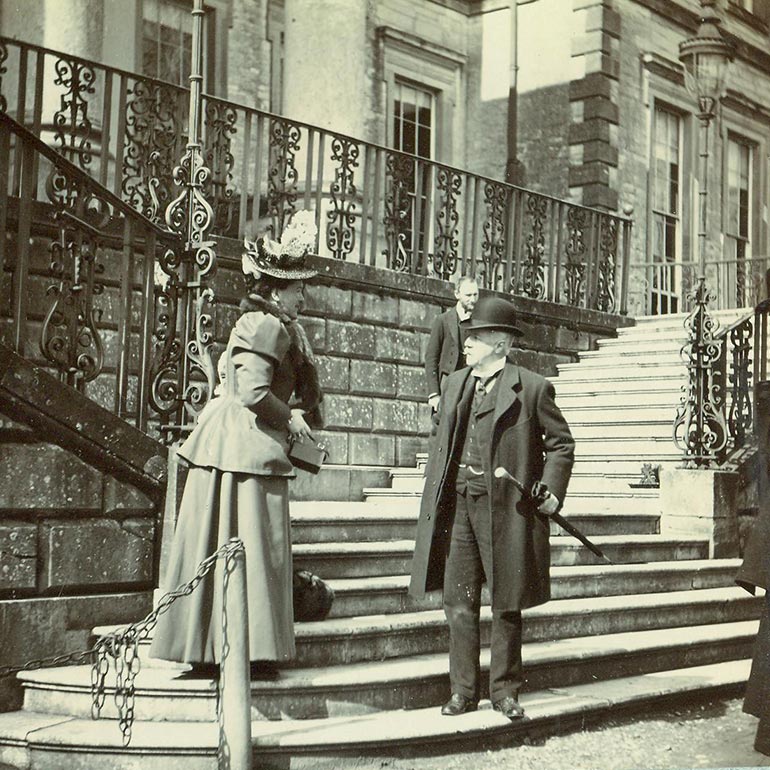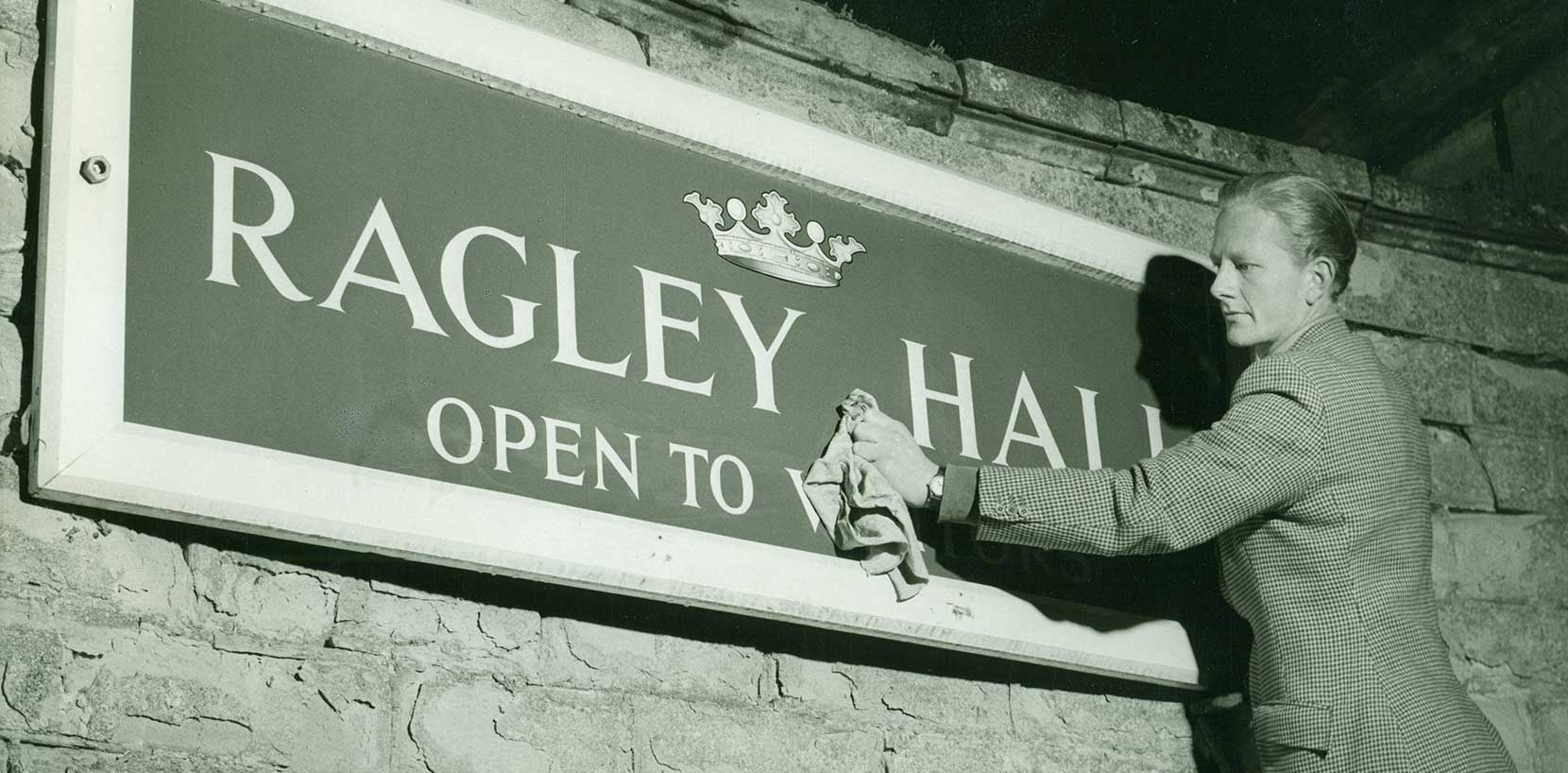Family History
Though the plans were drawn up in 1680 by Robert Hooke for the magnificent Palladian mansion you see today, it took almost another 100 years for the project to come to fruition, and the family continued to live in The Old Hall which stood where the Rose Garden is now laid out.
No doubt the family was busy managing its estates in Wales and Ireland to concentrate on the immense building project, but because Ragley ancestors’ hearts lay deep in the Warwickshire countryside, the final result was worth the wait.
The Great Hall
We’re certain you’ll agree that James Gibbs’ baroque plaster decoration in the Great Hall, completed in 1750, was worthy of patience. The Red Saloon and two Mauve Rooms, also created by Gibbs, have remained the same for nearly 300 years. Like many stately homes in the early 20th century Ragley was used as a hospital during World War II when my father inherited in 1940, and it subsequently fell into disrepair. The restoration of the building, gardens and estate finally began when 8th Marquess of Hertford moved into the house in 1956, and since 1991, when the house and estate was passed to Lord Hertford, it has been an on-going labour of love, with sensitivity to the heritage of the past but with an eye to its future.
The Estate
Ragley was given to Evesham Abbey by the King of Mercia in AD 711. Seven hundred years later the Abbey sold Ragley to the Rous family who built an embattled castle thought to be on the site of what is the Rose Garden today.
In the reign of Queen Elizabeth I, Sir John Conway came from Conway Castle in Wales to marry the heiress to Arrow, just outside Ragley Park. He then bought Ragley Castle and its lands: the last time Ragley has changed hands by purchase. It was Sir John’s grandson, the first Earl of Conway, who engaged Robert Hooke to design the Palladian House which can be seen today. Hooke, a contemporary of Christopher Wren, was a notable architect and scientist and of the several great houses he built only Ragley remains.
The building was not completed until the middle of the 18th century. James Gibbs designed the baroque plasterwork in the Great Hall in 1750 and Wyatt added the portico, as well as decorating the Red Saloon and Mauve Room, in 1780.
